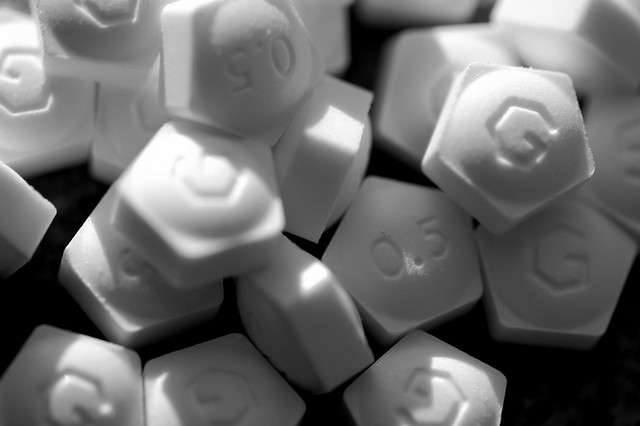
We use the word “color consistency” a lot when referring to products that depend on this trait for quality assurance. In the pharmaceutical industry, color consistency means a lot more than the final color outcome of a product. Color consistency in pharmaceutical powders and plaques is essential for developing the right drug formulations and repeating these formulas accurately every time. Although outward appearance and color-coding do have their place in prescription drugs, what consumers and patients are most concerned about is that the active pharmaceutical ingredients will be the precise dosage and formulation they need each time they take a medication. Spectrophotometers measure color consistency to ensure that each powder or plaque formulation attains precisely the correct components for effectiveness and safety.

Color consistency measurements ensure that the correct formulations of powdered ingredients are achieved before the medication is pressed into tablet form. Image Source: Flickr user Steve Snodgrass


